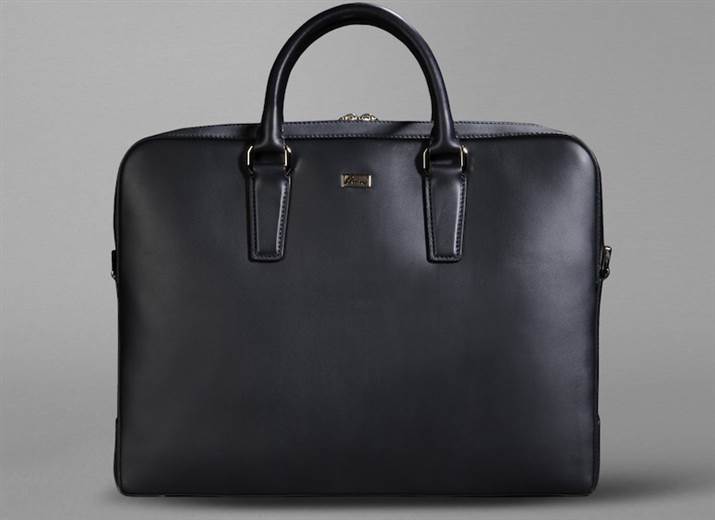Kering wants its leather to make less impact on the environment
22/05/2015

In an attempt to establish more clearly what these, and other figures relating to leather, mean for Kering and for the tanners who supply the group’s brands, World Leather has spoken to consultancy PwC, which supported the luxury group on this project.
Leather remains a core product for the luxury group and the report makes clear that, for leather, 93% of the entire environmental impact is “driven by the land use and greenhouse gas emissions associated with farming the animals”, with most of the rest (just 7% of the total) attributable to energy and water use by tanneries. But Kering’s conviction is that, like other materials it uses, leather is connected to processes that, in some instances, have a substantial impact.
PwC director Tom Beagent acknowledged that a large proportion of the environmental P&L of leather is due to the cattle industry. However, he said careful consideration had been given to deciding on the fairest way to calculate the share of this environmental P&L that leather should take, employing a familiar methodology of attributing to leather a “single-digit percentage” of the overall environmental impact of a cow, proportionate to the hide’s share of the overall economic value of the animal.
He explained that farming, industrial and other activities deplete the world’s “natural capital” (all its ecosystems, including air, land, soil, biodiversity and geological resources) and that this imposes a cost on the environment. The cost of the impact in environmental P&L terms that Kering has calculated for its leather supply chain is €190 million for 2013.
In another calculation, the report shows the cost of the average impact attributable to leather from animal rearing from five different countries: Brazil, China, New Zealand, France and the Netherlands. Mr Beagent said he and his colleagues were aware of the complexity in the leather supply chain in which a hide can come from one country, be processed to wet blue or crust in a second and finished in a third. He said the calculations take all of these factors into account. He also emphasised that the numbers reflect “country averages”.
Nevertheless, the figure for Brazil is worrying. The report indicates that, if made from a Brazilian hide, one square-metre of leather would have an environmental P&L impact on average, of €120. This compares with figures of just over €40 if the hide comes from China, around €25 if it’s from New Zealand and less than €20 for leather from hides from France and the Netherlands in environmental P&L value, according to the report Kering has published.
“The cattle industry in Brazil has been a driver of deforestation, resulting in a loss of important ecosystem services,” the report says, before adding: “There are certainly production systems within countries and regions that may be quite different in their impacts. For example, in Brazil there is significant work under way to ensure that cattle grazing does not lead to deforestation and that productivity is enhanced.”
In terms of natural capital, the report has concluded that Brazil has lost environmental resources because of livestock farming in sensitive regions; land in the Amazon region, for example, has a high environmental value when it is “untouched rainforest”, and if the same land is later cleared for farming, much of this value is lost.
Kering has said it wanted to try to account for this in the report. It has said it will continue to be reliant on leather but that its aim is to try to decrease the impact of the leather it uses.











